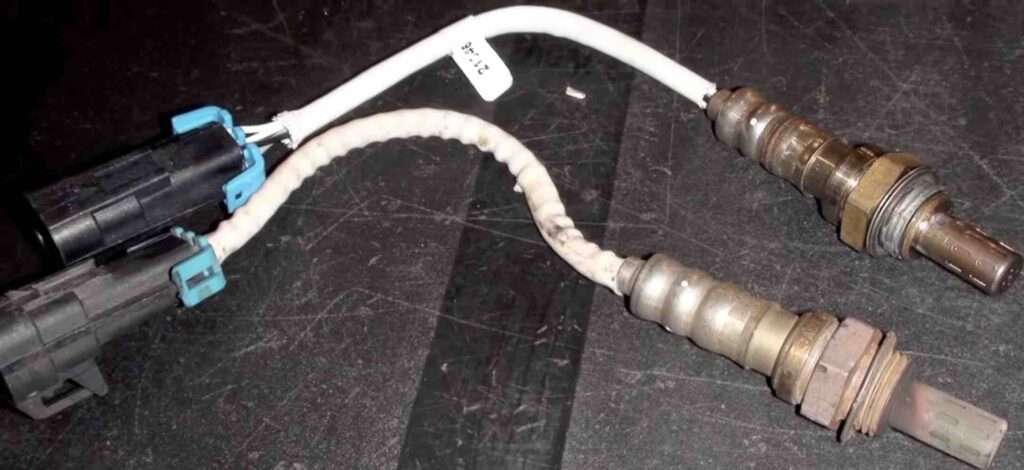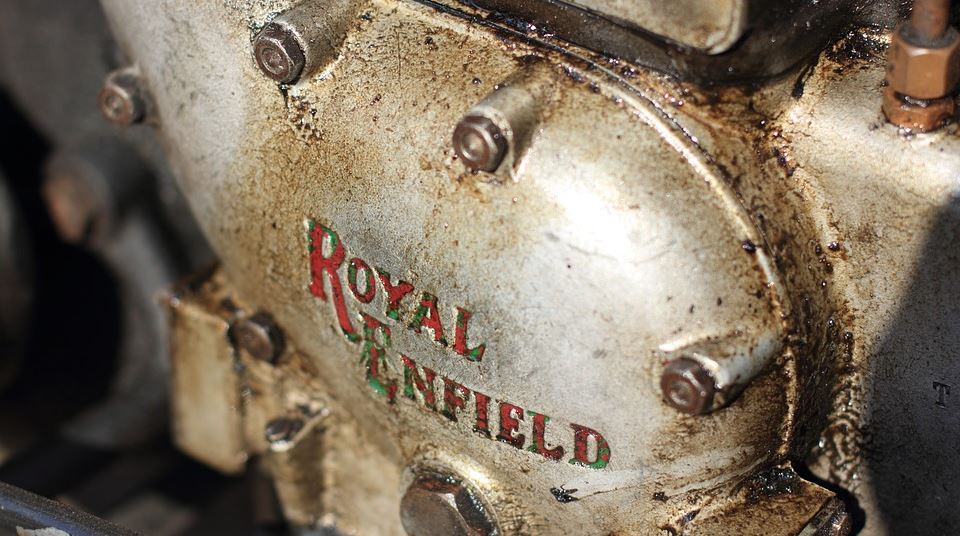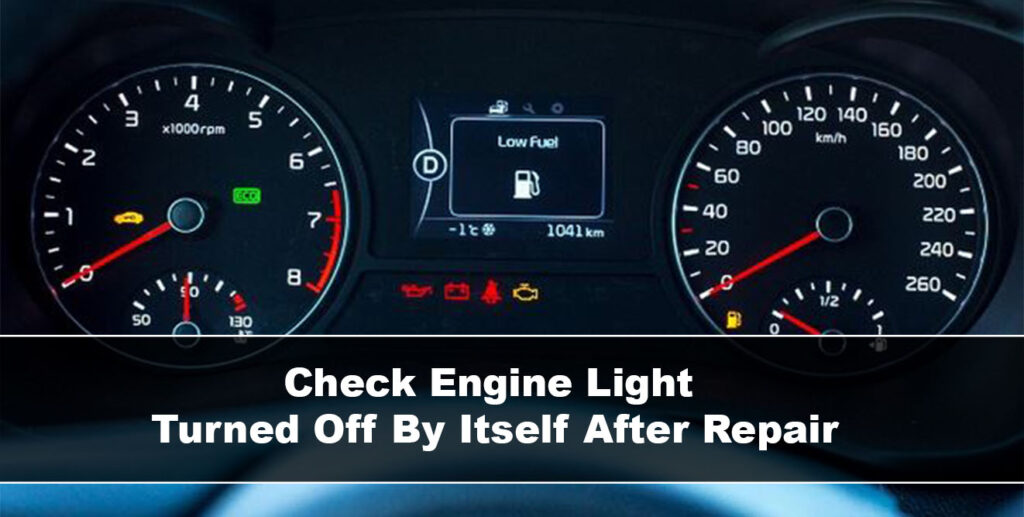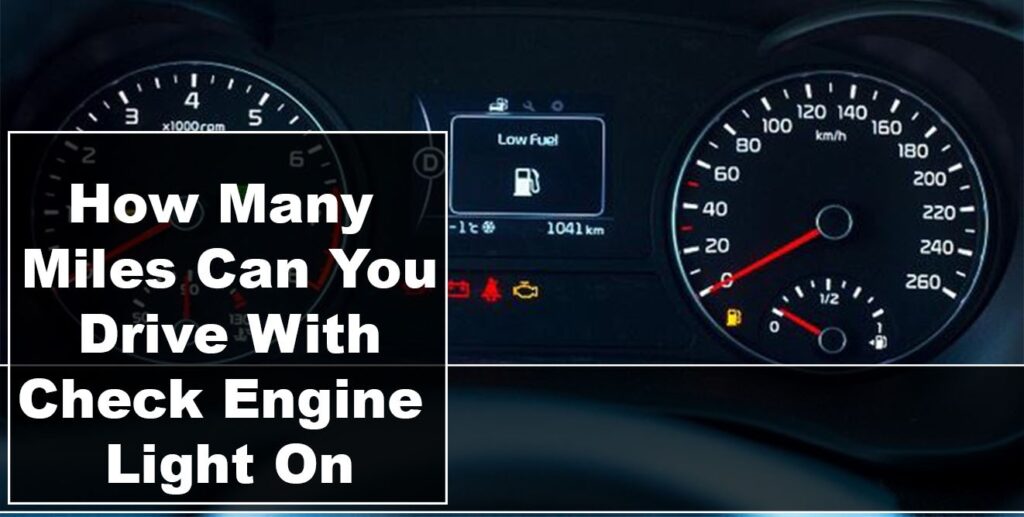Last updated on January 31st, 2023 at 10:25 am
A drop in fuel economy could indicate that an O2 sensor isn’t functioning correctly. This can occur as a result of a lean or rich fuel mixture. An A/F ratio swing of this magnitude indicates a defective upstream or control sensor.

How to tell which o2 sensor is bad
When you’re trying to figure out which oxygen sensor is broken, you’re also trying to figure out whether the problem is with the upstream or downstream oxygen sensor. When the check engine light comes on, you’ll be able to determine because the code will read bank one sensor 1 or 2 or bank two sensors 1 or 2.
The exhaust on the motor’s side with the number one cylinder is known as Bank 1. If your mileage is terrible, your fuel trims haven’t been updated in a long time and are adding a lot of gasoline. The upstream is usually the culprit. The downstream one traditionally compares upstream and downstream measurements to determine the catalyst’s efficiency.
Keynote
The downstream or diagnostic sensors are just used to monitor the catalytic converter emissions and will not create any problems. A rough idle, misfire, and accelerating hesitation are signs of a faulty oxygen sensor.
Please remember, however, that these problems can have a variety of causes that have nothing to do with the oxygen sensors in your vehicle. As a result, none of them is sufficient to supplant the other. An OBII alert, engine performance problems, and a physical sensor inspection are frequently required.
downstream o2 sensor symptoms & signs
- First, you will notice that your engine light will come on
- You will notice black smoke coming out from the exhaust
- Your car emission levels go up to very high levels
- Loss of the car fuel efficiency
- Exhaust can emit a strong sulfuric or ‘Rotten Egg” smell
- Your engine exhibits power surges or hesitations when starting.
- Your Catalytic converter fails suddenly without notification.
What to do after replacing the oxygen sensor?
The O2 sensor transmits data to the vehicle’s computer, the electronic control unit, or ECU. The ECU then adjusts the air-to-fuel ratio to optimize fuel combustion.
When an O2 sensor fails, you must fit or replace it. After replacing your vehicle’s O2 sensor, you’ll need to reset the ECU so it can correctly acquire data from the new sensor.
Clearing codes after repairs is a beautiful way to keep track of the health of your fleet or regular client vehicles.You can not only discover malfunction trends in your vehicles but also track driving habits and determine what might be causing them to break down.
On the other hand, failure to clear a code after a repair may cause you to second-guess the problem or double-check the codes. As a result, clearing codes should always be a part of your maintenance routine.
What does a car do when the oxygen sensor is bad?
If you have a defective oxygen sensor, your dashboard’s bright orange Check Engine light will likely light up. On the other hand, a Check Engine light could be caused by another engine problem or a loose gas cap.
To figure out what’s wrong with your car, you should have it checked by a specialist. Your vehicle could have a faulty oxygen sensor if you’re spending more money on gas than usual. Engines become less efficient when the oxygen-to-fuel ratio is too rich or too lean.
Because oxygen sensors lose their effectiveness over time, you’ll likely see a gradual increase in expenditures rather than a big jump. Your car may operate unevenly or make a harsh noise when it idles if it has a defective oxygen sensor. Your engine’s timing, combustion intervals, and other critical processes can all be affected by a defective oxygen sensor.
What causes an oxygen sensor to fail?
When the sensor’s ceramic element gets exposed to certain silicone substances or when the sensor becomes oil-fouled due to an oil-burning engine, oxygen sensors may malfunction.
Miniscule quantities of tetra-ethyl lead in gasoline or non-oxygen sensor-safe over-the-counter fuel additives can also damage an oxygen sensor. Breakdowns can happen suddenly when a contaminant comes into contact with the oxygen sensor, resulting in a dead sensor, or they can happen gradually over time.
Constant deteriorating causes a sluggish sensor to react more slowly than it should, causing the catalytic converter to work less efficiently. This can cause the catalytic converter to fail prematurely. Various pollutants that reach the exhaust can cause O2 sensor problems. These contaminants are silicates from internal engine coolant leaks and excessive oil usage phosphorus.
How to replace the o2 sensor – Step-by-step guide
- Step one: Depending on your engine, you may have more than two oxygen sensors in your car. Use FIXD’s Live Gauges feature to see real-time data from your sensors.
- Step two: Disconnect the oxygen sensor’s electrical harness. When you remove it from the exhaust pipe, it will turn freely.
- Step three: Like a screw or a spark plug, the oxygen sensor is screwed into your exhaust pipe. The metal expands and contracts due to repeated heating and cooling cycles, perhaps causing the sensor to fit tightly. Making problems worse, this area is prone to corrosion. Spray the area with a penetrating oil such as WD40 or PB Blaster and let it sit for a few minutes. It will be easy to take it out this way.
- Step four: Installation is the polar opposite of removal, according to the repair manuals. Plug the new sensor into the electrical harness after carefully screwing it into the exhaust pipe.
- Step five: Scan your fault codes with FIXD once more, then click the Clear Engine Light button at the bottom of the screen. All codes will be cleared, and your check engine light will switch off.
What is the oxygen sensor function?
The oxygen sensor is an integral part of any vehicle’s exhaust pipe. Its primary job is to determine what’s in your car’s exhaust or emissions and share this knowledge with the onboard computer for maximum engine efficiency.
The oxygen sensor is critical to your car’s ability to effectively construct an appropriate fuel-to-oxygen ratio for combustion. When an oxygen sensor starts to fail, it produces a few symptoms that usually affect the exhaust system and engine timing. Understanding what the oxygen sensor works for your car is crucial to deal with developing issues.
Downstream o2 sensor
Oxygen or O2 sensors are components of your vehicle’s emission system. After the job, the downstream oxygen sensor in or after the catalytic converter performs the same function as an upstream oxygen sensor in the exhaust manifold. Whenever the amount of unburned oxygen in the exhaust changes, the sensor outputs a voltage that changes. The PCM receives a high or low-voltage signal that indicates whether the fuel mixture is rich or lean.
With this article, you should know how to tell which oxygen sensor needs to be replaced, what causes an oxygen sensor to fail, and the downstream o2 sensor symptoms & signs.
Related Article: 4WD, AWD vs FWD Pros and Cons & FWD,4WD and AWD meaning

Uchenna is a Radiographer and Auto parts mechanic who recently got his automotive diploma as an auto repair technician, and since then, has worked on fixing various car problems.
Working as just a radiographer, Uchenna didn’t just get all the fulfillment he desired, because he truly loved doing things tilted toward cars. As a kid, he would take apart his toy cars to see how they worked and would spend hours tinkering with his bike.
So, in 2017 he made the tough decision to become an auto mechanic. He threw himself into his studies and now loves every aspect of what he does.
He gets to work with his hands, solving problems and bringing cars back to life, and sharing his knowledge and easy quick-fix guide online are all part of what makes him feel fulfilled.




